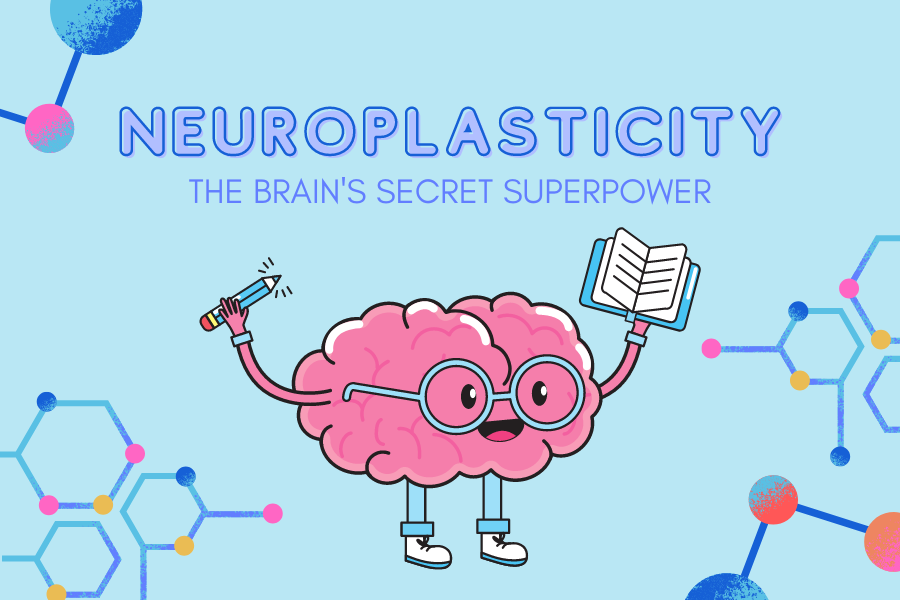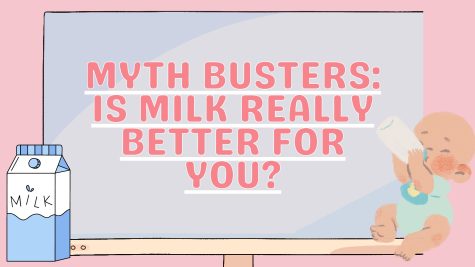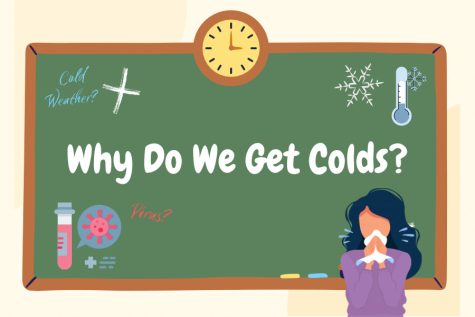Neuroplasticity: The Brain’s Secret Superpower
What if I told you that you could change your life, simply with your own mind?
The brain possesses plasticity, but it is not plastic (obviously). Neuroplasticity refers to the brain’s malleability, or nerve cells’ ability to adapt and change their characteristics. There are two main types of neuroplasticity:
Functional plasticity is the brain’s ability to move functions from a damaged area of the brain to other undamaged areas.
Structural plasticity is the brain’s ability to change its physical structure due to learning.
How does this phenomenon work?
A child’s brain grows rapidly during the first few years of life. A neuron in the cerebral cortex has 2,500 synapses—small gaps between neurons that relay nerve impulses—at birth. By the age of three, this number has grown to a total of 15,000 synapses per neuron.
Adults, on the other hand, have only about half that number of synapses. As we gain new experiences and grow, some neural connections are strengthened while others are eliminated. This process is known as synaptic pruning.
Neurons that are used frequently develop stronger connections and remain in the brain. Those that are rarely or never used eventually die. By developing new connections and pruning away weak ones, the brain can adapt to its changing environment.
Neuroplasticity has many real-life benefits. Here are a few:
Treating acute/chronic pain
We experience and interpret pain in our brains, so addressing the brain’s health can be a path to healing acute or chronic pain.
Chronic pain is the result of new pain pathways created by the brain, and it is made worse by inflammation, the body’s immune system’s response to an irritant. Reducing inflammation reduces pain—in more ways than one.
Certain foods can strengthen our brain’s ability to make neuroplastic changes, ultimately helping the brain rewrite pathways associated with pain. This means one of the most powerful tools to combat inflammation doesn’t come from the pharmacy, but rather from the grocery store.
Harvard Medical School has found that these foods are best to combat inflammation through neuroplastic changes:
- Olive oil
- Green leafy vegetables, such as spinach, kale, and collards
- Nuts like almonds and walnuts
- Fatty fish like salmon, mackerel, tuna, and sardines
- Fruits such as strawberries, blueberries, cherries, and oranges
Increasing Intelligence
In 2008, a groundbreaking study discovered that intelligence is fluid and can be increased with the proper stimulus. Since then, scientists have changed their fundamental view that human intelligence could not be improved.
One example is London cab drivers, who must memorize over 320 main routes, 25,000 streets, and 20,000 landmarks for a geography test called “The Knowledge.” Researchers were curious to see what happened to their brains over 3-4 years of studying. They found that the hippocampus, the part of the brain dealing with memory, grew tremendously in size over this time.
Moreover, many children are led to believe that intelligence and other talents are fixed traits rather than cultivable abilities. However, research has shown that when students are taught about brain plasticity and how their intelligence is not fixed, it makes a dramatic impact on their morale. It can even help kids raise their IQs. Through the simple understanding that they had the potential to get smarter and do better in school, they did.
It only takes the knowledge of neuroplasticity and determination to rewire our brains that may allow us to change our lives forever.
Sources:
“Foods That Fight Inflammation.” Harvard Health, 16 Nov. 2021, https://www.health.harvard.edu/staying-healthy/foods-that-fight-inflammation.
Alban, Deane, et al. “Using Neuroplasticity to Be Smarter and Happier.” Reset.me, 9 Sept. 2015, https://reset.me/story/using-neuroplasticity-to-be-smarter-and-happier/.
Cherry, Kendra. “How Brain Neurons Change over Time from Life Experience.” Verywell Mind, 19 Sept. 2022, https://www.verywellmind.com/what-is-brain-plasticity-2794886.
“10 Superfoods for a Strong Brain – Doc Jen Fit: Doctor of Physical Therapy.” Doc Jen Fit | Doctor of Physical Therapy, 16 Apr. 2021, https://www.docjenfit.com/brain-foods-reduce-pain/.








Squirrel Stevens • Jan 1, 2025 at 5:59 pm
I have ADHD. My whole life I have been skating through. As and adult, it is really hitting home. I have no true career. I have bounced job to job. My finances are always up and down. I haven’t been on medication in years.
To turn this around, I need to get some help. I am trying to get a job in the “ TRADES” so that I can try for an actual retirement someday.
Yousef Mujtaba • Jun 26, 2023 at 8:00 pm
this is very informative!